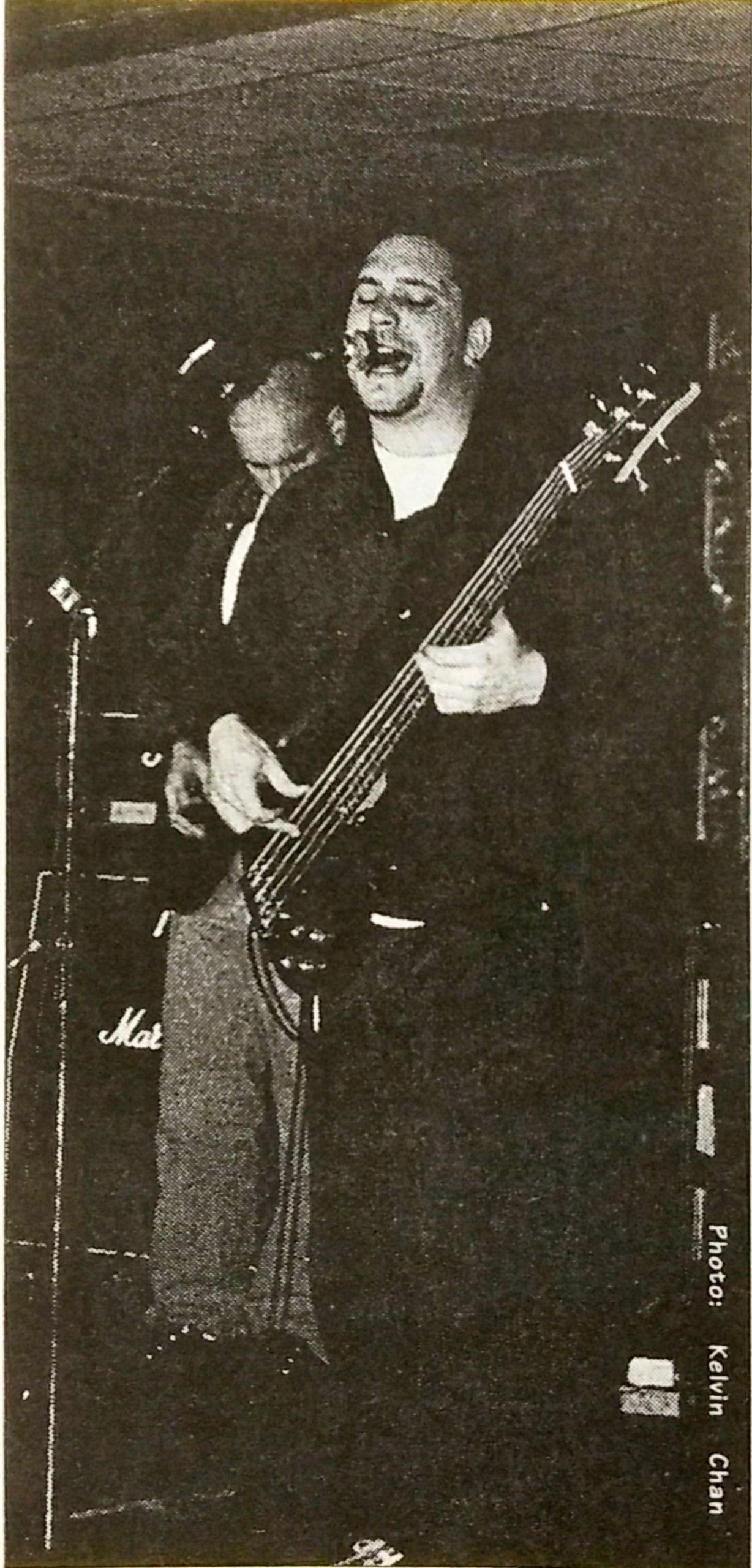By Jennifer Bill
A security guard in the middle of nowhere gives the band a confused look. “You’re looking for what address?” The band, which has been up since 6 a.m., has packed up all of their gear and driven out for their first studio gig.
“The studio. This is the address we were given, man.”
The security guard shrugs and leads the, to a garage door, which he unlocks and opens. As the door rises, the band stands motionless as the “studio” is revealed. They look at one another bewildered, upset and pissed off. Their “big break,” the studio their new contact had arranged, now gaped at them, a deep, dark hole surrounding a giant heap of dirt. “This contract sucks,” the bass player utters. “Didn’t we pass a bar back there?”
For an independent band, recording your own CD can be a frenzied experience. You might know the tune, but do you know what to do? With enough money, you can give the world (or at least your friends) a taste of what your band can do. If you know the right places to go and the steps involved, recording a CD in a studio can be a lot easier than you think.
Music Directory Canada and Contact Magazine, the yellow pages of music, are the first step. These reference catalogues, available at most bookstores, list record companies, studios, managers, producers, promoters, booking agents, bands and virtually everything that has to do with the music industry. These music bibles allow a band to find the contacts needed to help them formulate the plan necessary to start recording.
Dave Zador is a full-time student at the Harris Institute for the Arts and and independent manager, producer, songwriter and musician. He has had a lot of experience creating music. “For anything to succeed, you must have a plan. Resolve all conflicts first, like who wrote that song, and figure out how the revenue will be distributed within the band.”
A producer is a band’s best friend. Although not entirely necessary, he will handle the creative technical and financial aspects during the recording process. A producer acts as babysitter and supervisor, and gives second opinions and points of view (which are more important than you think). Producers are found easily through word-of-mouth. Also check CDs you like to see who produced them. A producer can be quite expensive but will solve a lot of the problems the band may encounter. For example, a well-established producer like Terry Date (Soundgarden and Pantera) charges $60,000 U.S. as well as a percentage of royalties from each album sold, which is where the money can become substantial.
Before the band enters the studio, they must go through pre-production. This is the first series of rehearsals to get the band ready for recording.
Robbie Berger, who has worked in the music industry since 1989, is an independent engineer, producer and musician. He emphasizes the need for a plan.
“There must be no surprises in the studio because they take time to deal with and time is money.”
In a live show the band plays everything at once. But when recording, you can multitrack (record all the instruments individually in order to isolate each sound to blend them together). A song can have five different guitar tracks and 20 drum tracks, but a live show will only have as many instruments as musicians.
A producer will oversee all the multitracking and give the band direction. The engineer will work with the producer in order to achieve the best possible sounds. “It’s got to sound exactly the way the client requires,” Berger says. “Be anal. It’s your money and you’re going to use it well or waste it. The clients hire [an engineer] to create their vision, and we create that to the best of our ability. We’re just the button-pushers, we speak when spoken to.”
Deciding which type of studio to use makes up a large part of the cost. A studio can cost anywhere from $20 to $100 per hour. The band must choose how many tracks they want to record on. The more tracks a studio has to offer, the more leeway the band has for multitracking. A five-piece rock band, for example, should not use less than 16 tracks.
The less tracks a band has, the more limited they are, but the main goal is to find a studio which will complement the sound the band is striving for.
An analogue studio records into master tape reels ($80 to $250 per reel) and produces a natural, warm sound. This type of studio is best for a human-oriented band (guitars, horns), whereas a digital studio ($12 to $25 per tape) is better for bands with synthesizers, samplers or MIDI. Digital recording is sharper because digital equipment is more compatible with digital gear. Costs vary depending on the thickness and length of the tape, and on how many tracks are used.
After recording all of the polished sounds onto the master reel, it has to be mixed. When mixing, effects are added and all the different parts are blended together seamlessly.
Now the CDs have to be made. Manufacturing services, such as Cinram, can do all the processing. They’ll take the master tape and artwork and manufacture the CDs and cases and covers.
“Making a CD should not be done for under $5,000, in order to have a quality product which can compete in the independent market,” Zador says.
So you now have a bunch of CDs. Who is going to buy them? Talk with people like Dave Murphy, the independent music buyer at HMV’s Yonge store. He will take three units at first and then buy more upon demand.
Zador, who has managed, produced and participated in the recording process with his own band, admits it is quite an experience.
“You really get to know the people you are working with. If your nerves can handle it and you’re with people who have a great sense of humour and can control their egos, it can be the most fun in the world.”











Leave a Reply